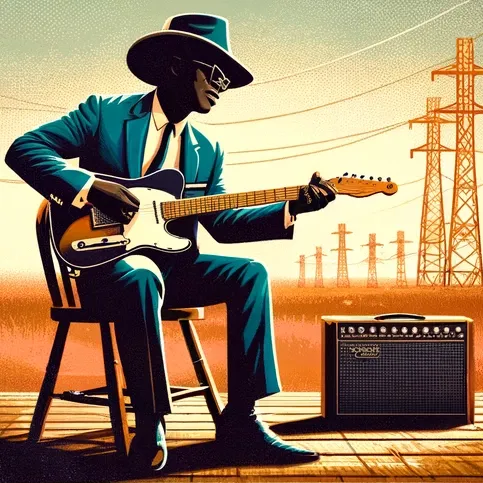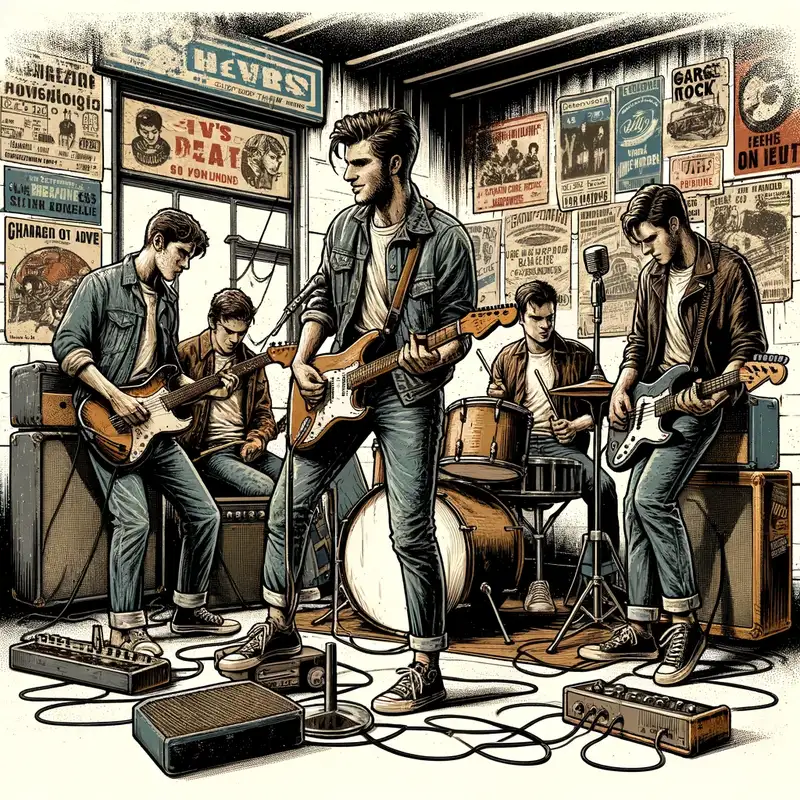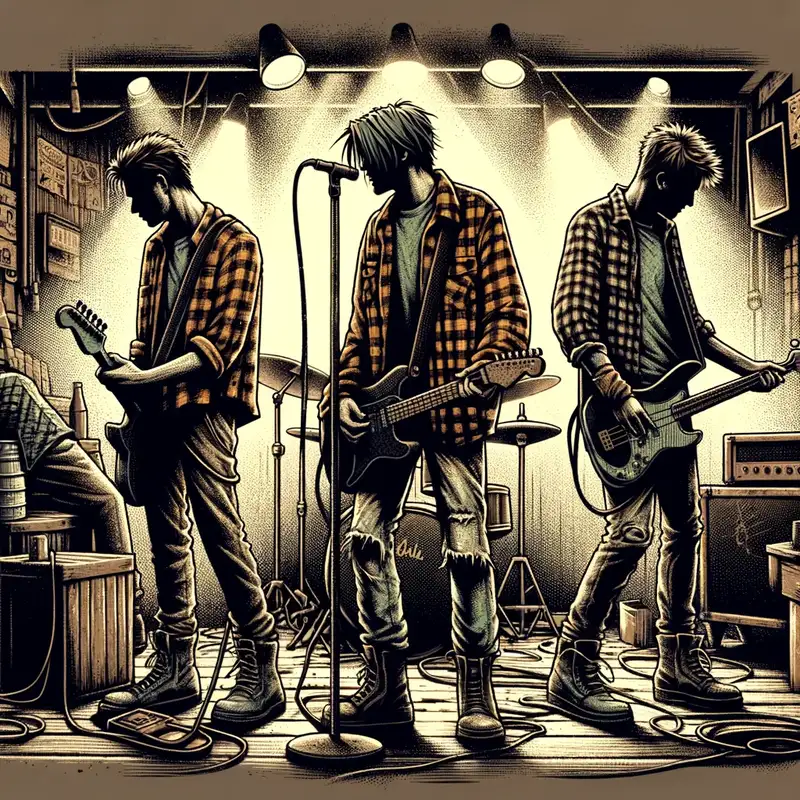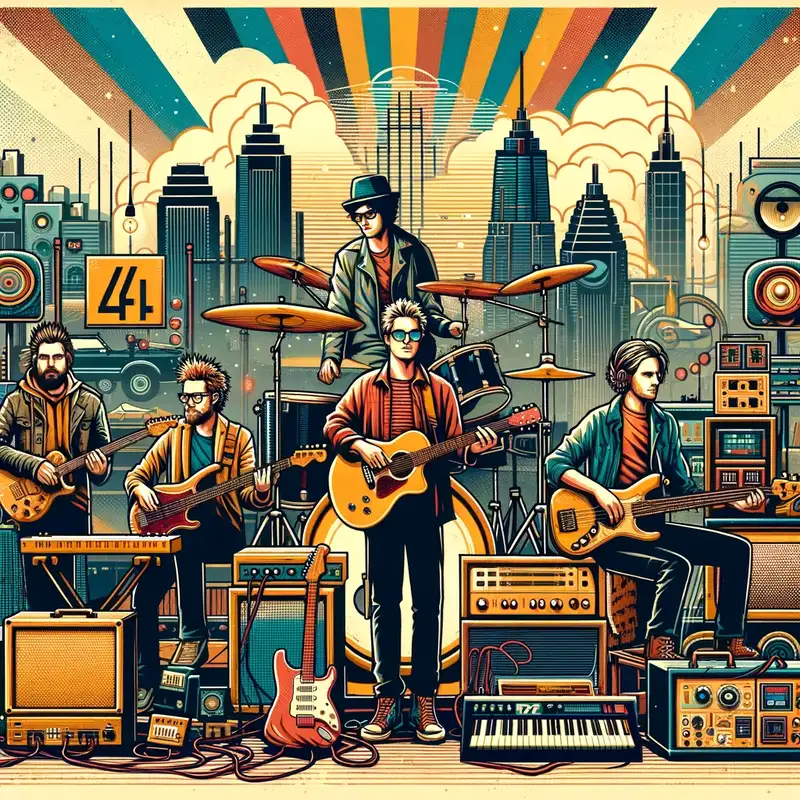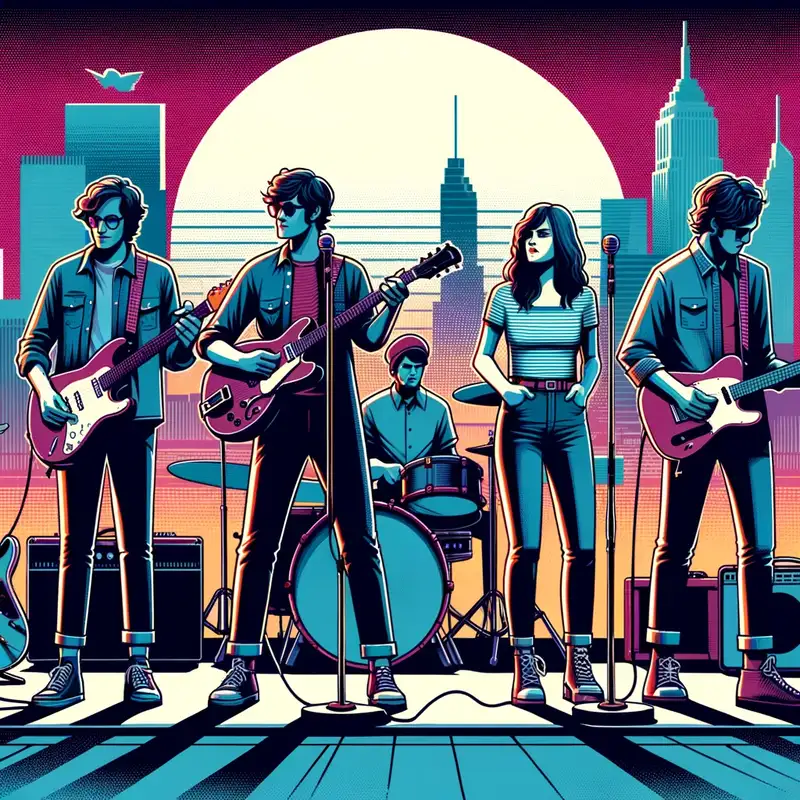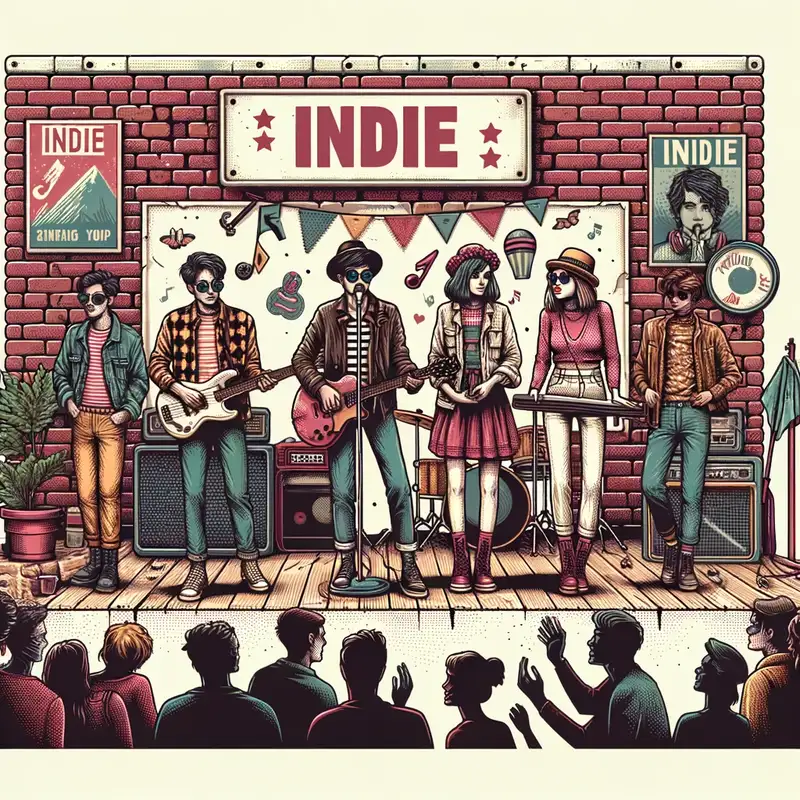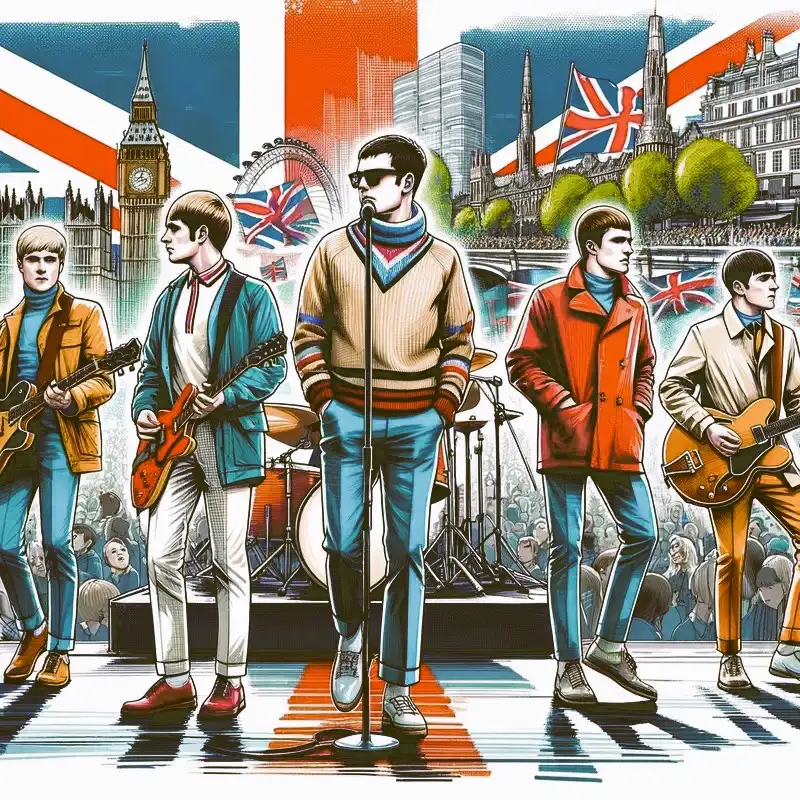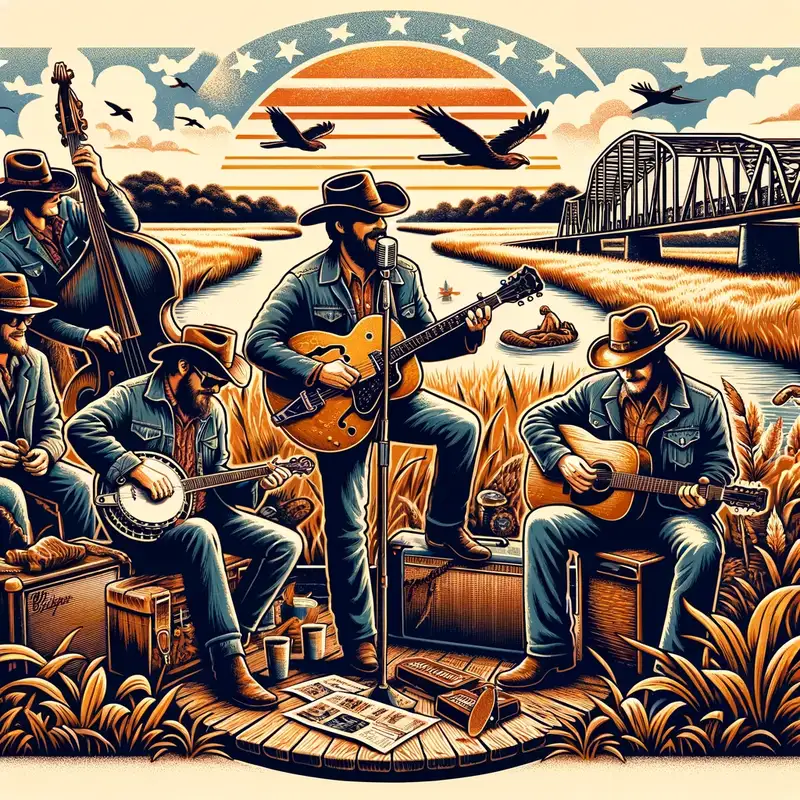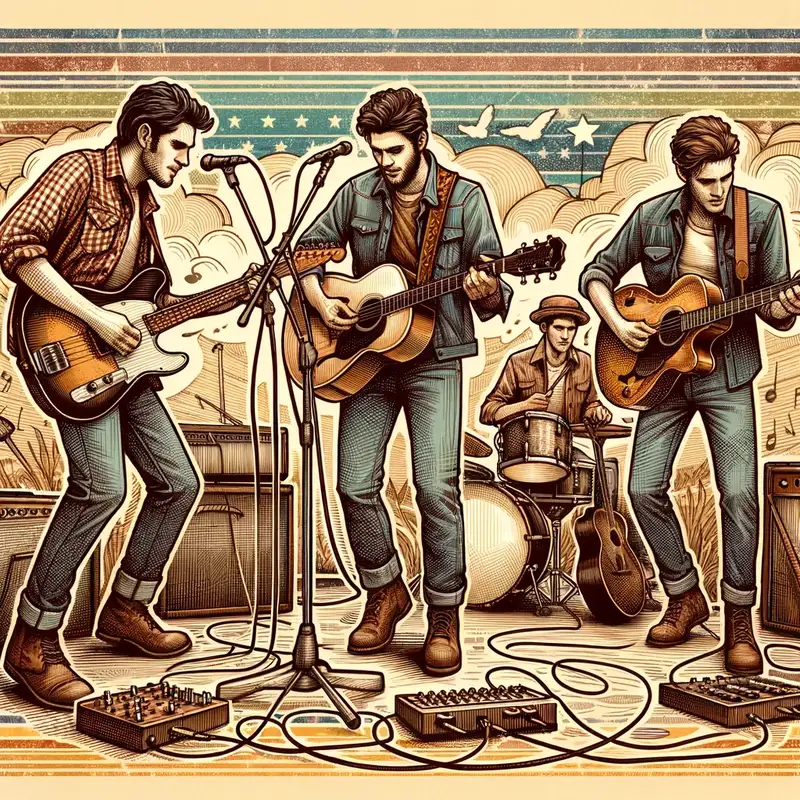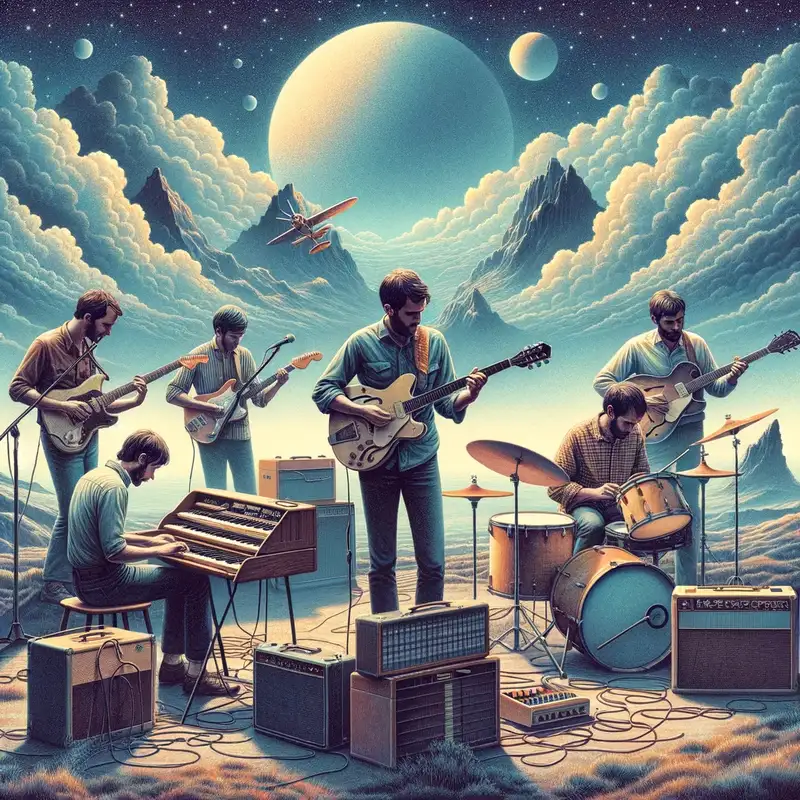Rock Music
From its rebellious roots in the 1950s to its multifaceted branches today, rock music has been a dominant and transformative force in the world of music.
Table of Contents
Origins
The origins and early days of rock music were a time of experimentation, integration, and rebellion. Through the pioneers of the 1950s, rock ‘n’ roll cemented its place not just as a musical genre, but as a movement that would influence generations to come.
The Pre-Rock Era
Before rock ‘n’ roll took the world by storm, several genres laid the groundwork:
- Blues: Originating from African American communities in the Deep South, blues was characterized by its emotive vocal delivery and twelve-bar structures. Key figures include Robert Johnson, Muddy Waters, and B.B. King.
- Rhythm & Blues (R&B): A post-World War II development of the blues, this genre was more up-tempo and danceable. Notable acts include Louis Jordan and Big Joe Turner.
- Country and Western: With its roots in Appalachian folk music, this genre highlighted stories of everyday life. Artists like Hank Williams became household names.
- Gospel: Religious-themed music that emphasized group vocals and emotion, with Mahalia Jackson being one of its biggest stars.
The Birth of Rock ‘n’ Roll
The 1950s saw these musical strands intertwine, giving birth to rock ‘n’ roll:
- Bill Haley & His Comets: Often cited as the starting point of rock ‘n’ roll, their 1954 hit “Rock Around the Clock” introduced the genre’s energy to a broad audience.
- Elvis Presley: Known as the “King of Rock ‘n’ Roll,” Elvis’s sultry voice and gyrating hips made him an international sensation. With hits like “Heartbreak Hotel” and “Hound Dog,” he brought rock ‘n’ roll to unprecedented heights.
- Chuck Berry: A true pioneer, Berry’s sharp guitar riffs and vivid storytelling set the stage for rock’s future evolution. Tracks like “Johnny B. Goode” have become genre anthems.
- Little Richard: With his flamboyant style and piano-driven hits like “Tutti Frutti,” he exemplified the genre’s raw energy.
- Buddy Holly & The Crickets: Holly’s melodic songwriting and innovative techniques, showcased in songs like “That’ll Be the Day,” made him a key figure in rock’s early development.
Subgenres
Rock music is a broad genre that has spawned numerous subgenres over the years, reflecting a wide array of musical styles.
Classic Rock: Originating from rock and roll, classic rock includes bands and artists like The Beatles, Led Zeppelin, and The Rolling Stones. It is characterized by a strong focus on melody, guitar-based sounds, and often poetic or introspective lyrics.
Hard Rock: Emphasizes heavier instrumental aspects, particularly guitar riffs and strong drumming. Artists like AC/DC and Aerosmith are classic examples.
Soft Rock: A less aggressive form of rock, often featuring acoustic elements, melodic tunes, and harmonious vocals. Artists like Fleetwood Mac and Elton John are examples.
Progressive Rock: Known for its complex compositions, odd time signatures, and incorporation of elements from classical music and jazz. Examples include Yes, Emerson, Lake & Palmer, and Pink Floyd.
Punk Rock: A more rebellious and raw form of rock, characterized by short songs, simple instrumentation, and often political or anti-establishment lyrics. Examples include The Ramones, Sex Pistols, and The Clash.
Post-punk: Evolved from punk rock, post-punk is often more experimental and incorporates a wider range of instruments and influences. Bands like Joy Division and Talking Heads are examples.
Indie Rock: Originally used to describe rock artists who were independent or on smaller labels, the term has come to describe a wide array of rock styles that are often seen as more “authentic” or “underground” than mainstream rock.
Grunge: Originated in the Pacific Northwest in the late ’80s and early ’90s, combining elements of punk and hard rock. Nirvana, Pearl Jam, and Soundgarden are examples.
Alternative Rock: A broad subgenre encompassing styles that diverge from mainstream rock. Bands like R.E.M. and Radiohead are categorized here.
Metal: An extreme subgenre of rock characterized by aggressive rhythms, distorted instruments, and often dark or fantastical themes. There are many subgenres within metal itself, like death metal, black metal, and glam metal.
Glam Rock: Theatrical, with flamboyant outfits and performances. Examples include David Bowie and T. Rex.
Blues Rock: Incorporates elements of blues into rock music, often emphasizing guitar solos and a strong rhythm section. Artists like Jimi Hendrix and Stevie Ray Vaughan are well-known blues-rock musicians.
Folk Rock: Blends elements of folk music with rock, often using acoustic instruments and focusing on melody and harmonies. Reflecting the era’s political activism, artists like Bob Dylan and Joan Baez combined rock with introspective and societal lyrics.
Country Rock: A fusion of country music and rock music, characterized by the use of acoustic guitars, harmonies, and sometimes, pedal steel guitars. Examples include The Eagles and Lynyrd Skynyrd.
Southern Rock: Similar to country rock but generally more aggressive and based more deeply in the Southern United States. Lynyrd Skynyrd and The Allman Brothers Band are notable examples.
Psychedelic Rock: Incorporates elements of psychedelia, often aiming to replicate or enhance the mind-altering experiences of psychedelic drugs. Examples include The Doors and Jefferson Airplane.
Garage Rock: A raw form of rock, often played by amateurs in “garages,” hence the name. Characterized by simple melodies and a lo-fi sound.
Emo: Originally short for “emotional,” emo rock focuses on emotional expression, often through confessional lyrics and a more complex musical structure than other forms of punk rock. Bands like My Chemical Romance and Dashboard Confessional are examples.
Britpop: A British response to American grunge, featuring Oasis, Blur, and Pulp.
Indie Rock Revival: Bands like The Strokes, Arctic Monkeys, and Vampire Weekend brought a fresh twist to rock.
Post-Rock: Instrumental, often experimental rock that utilizes rock instrumentation but disregards traditional rock song structure. Bands like Explosions in the Sky and Godspeed You! Black Emperor fall into this category.
Experimental Rock: Bands like Sigur Rós and Explosions in the Sky focused on atmosphere and instrumental evolution.
Rock ‘n’ Roll’s Societal Impact
From its inception, rock ‘n’ roll was more than just music. Rock music has always been intertwined with societal shifts:
- Youth Movement: Rock ‘n’ roll became the anthem of a burgeoning youth culture, seeking to differentiate itself from the previous generation.
- Integration: At a time of racial segregation, especially in the U.S., rock ‘n’ roll played a role in bringing together musicians and audiences of different races.
- Moral Panic: The genre’s sensuality and perceived rebelliousness caused concerns among conservative groups, fearing it would lead to moral decline.
- Political Activism: Reflecting and influencing anti-war and civil rights movements.
- Lifestyle & Fashion: Rock culture introduced new clothing styles, from leather jackets to grunge flannel.
